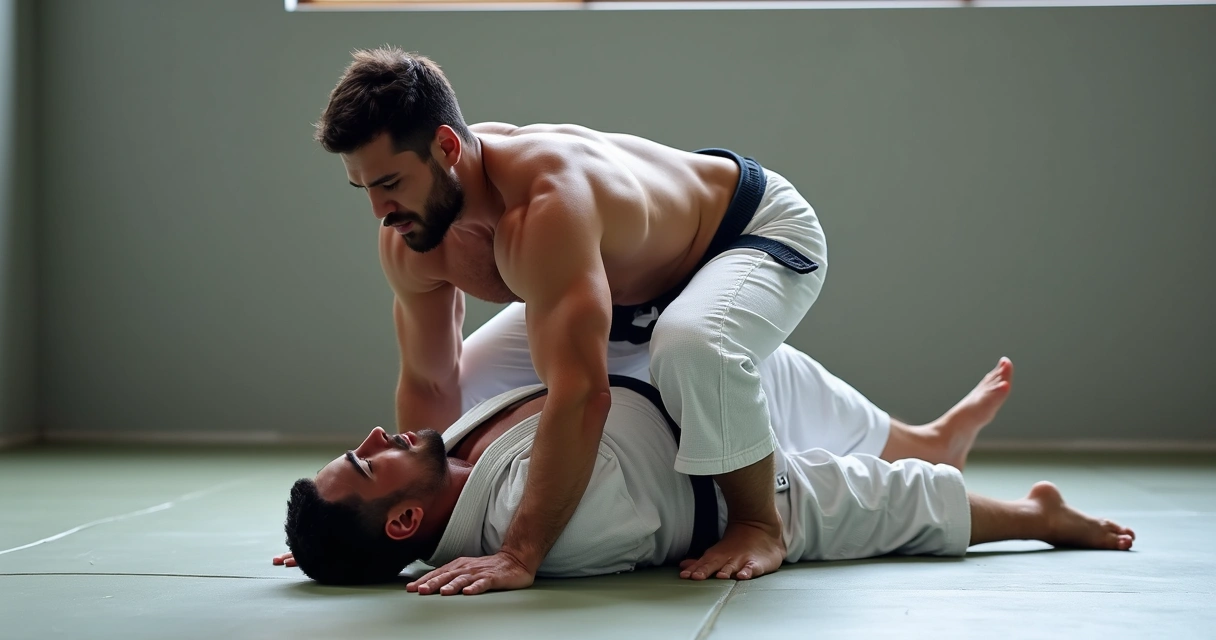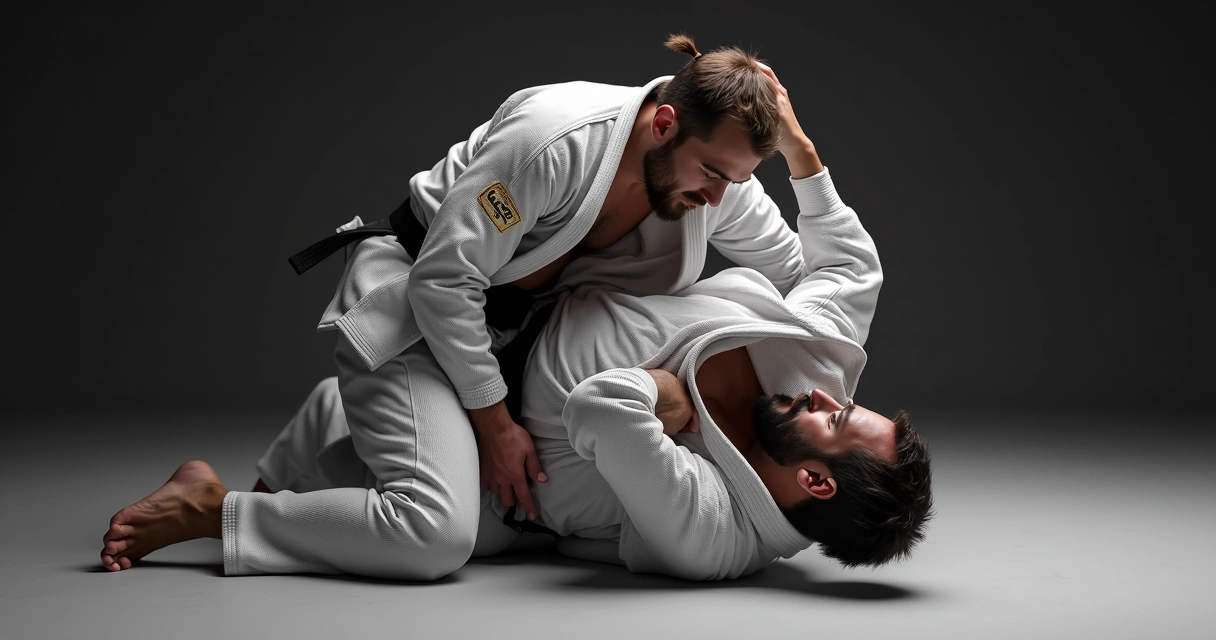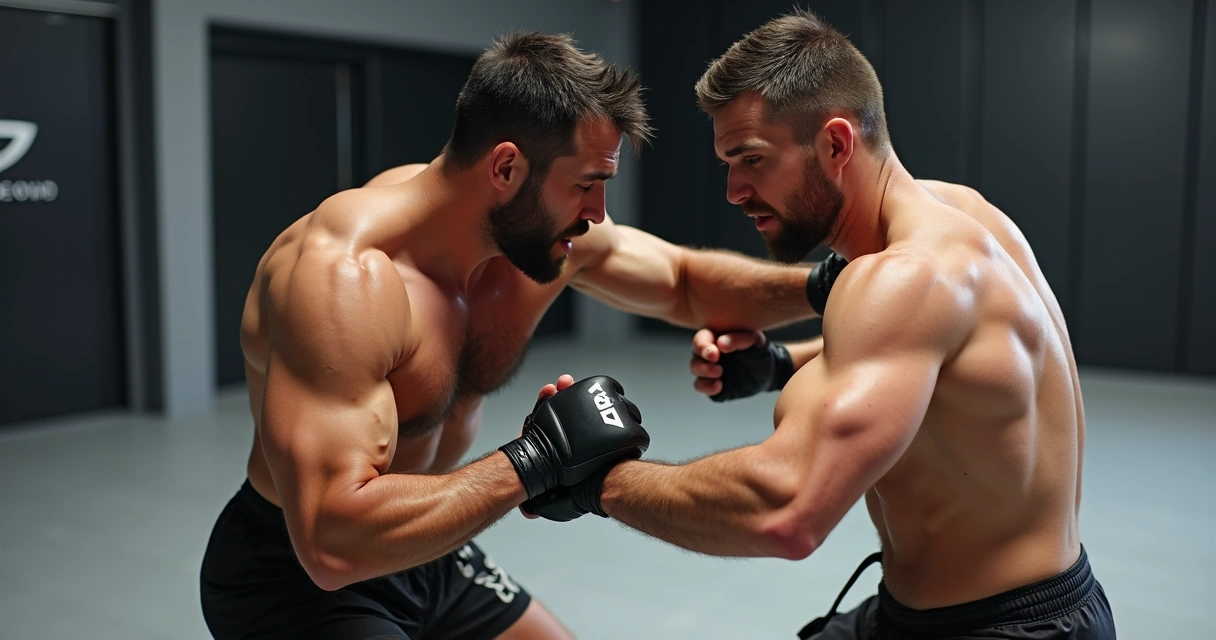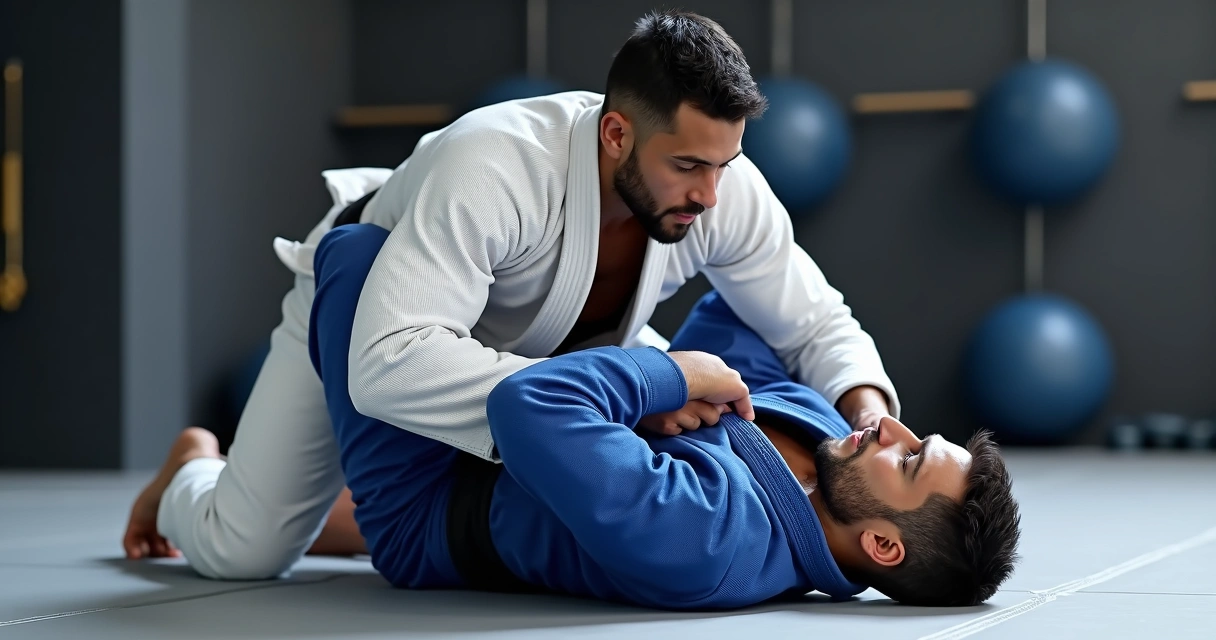The mount, or montada, is one of the most dominant positions in Brazilian Jiu-Jitsu. It may look basic, almost obvious, but understanding its true depth can unlock new levels in your game. When someone has achieved the top position, sitting astride their opponent's torso, they gain both control and a huge array of attacks. A study on sociomotor roles in Brazilian Jiu-Jitsu highlights the critical importance of mount both tactically and for scoring purposes.
Why the mount matters
The mount sits at the top of the positional hierarchy in BJJ, providing unmatched control and opportunities for submission. Whether training for self-defense, competition, or development, the mount enables a practitioner to maintain pressure while accessing submissions. According to research exploring meaning and function in BJJ, positions like the mount are key for both technical effectiveness and personal growth.
Common setups for achieving the mount
- Passing from side control: Secure your opponent's near side underhook, windshield wiper your leg over, and settle your hips low.
- Transiting from knee-on-belly: Apply top pressure, slide your knee across, and rotate your hips to drop into mount.
- Attacking from closed guard: Perform a sweep (like the scissor or hip-bump sweep) to land directly in mount.
Fundamental control concepts
Maintaining the mount asks for more than just sitting on top. Keep your knees wide, heels tucked, and control the opponent’s hips with your thighs. Hands should threaten submissions or post to prevent being pushed off. As demonstrated in the Columbia University BJJ Club approach, positional stability lays the foundation for offense.
“Hips low, balance ready, always thinking ahead.”
Submission attacks from the mount
- Americana (keylock)Pin your opponent's wrist to the mat with one hand.
- Slide your other arm under their triceps, grabbing your own wrist.
- Keep the elbow at a right angle, then gently lift their elbow toward their head.
- Armbar Isolate one arm, post your hands on their chest, and slide a knee near their head.
- Pivot, swing your opposite leg over their face, squeezing your knees.
- Slowly sit back, extending the opponent’s arm for the break.
- Cross-collar choke Feed your opponent’s lapel deep across their neck with one hand.
- Insert your other hand on the opposite collar, thumb inside.
- Pull your elbows together, squeezing for the choke.
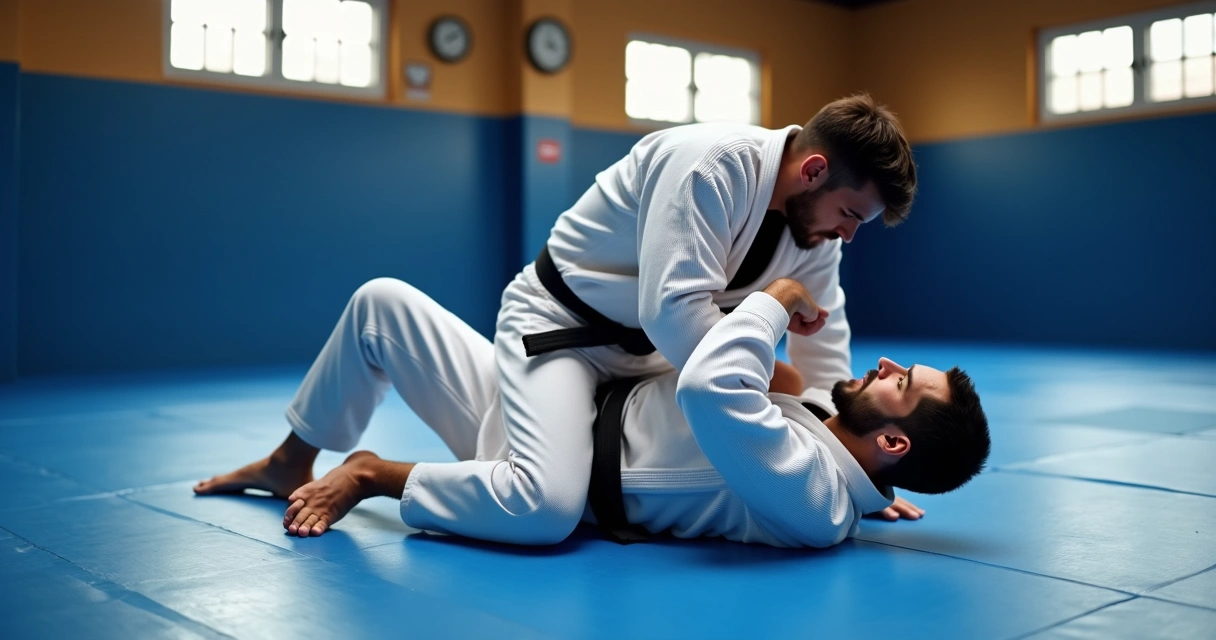 How to escape the mount
How to escape the mount
Many beginners panic here, but there’s almost always a way out. According to beginner-to-intermediate BJJ curriculum, focus first on protecting your neck and arms. Then:
- Bridge (upa) escape Trap an attacker’s arm and foot on one side, bridge powerfully upwards, then roll toward the trapped side.
- Elbow-knee escape Frame against your opponent’s hips, slide your knee under their leg and recover half guard.
- Advanced escapes Use kipping bridges, high frames with your arms, or baiting to create just enough space to recover.
Drills and sparring for improvement
- Timed mount retention rounds
- Submission-only mount rounds
- Escape-only drills, with a partner resisting realistically
Recording these drills and outcomes in BJJ Notes can help you see patterns over time, track what trips you up, and measure real progress.
Mistakes and how to fix them
- Allowing your opponent’s elbows inside. Solution: Slide your knees higher and keep pressure tight.
- Leaning too far forward or back, losing balance. Solution: Center your weight, react to their movements.
- Neglecting to attack. Solution: Threaten submissions to force defensive openings.
For more structured improvement, units from curriculums designed for fundamental BJJ strategies often repeat mount drills to build muscle memory and awareness.
Conclusion
Learning the ins and outs of the mount helps every part of your ground game. Even if you feel stuck or clumsy with it today, every session brings growth. Stay curious—track your sessions with BJJ Notes, look back at what worked and what didn’t, and set sharp goals for your next class. This journey is step by step.
“Make the mount your home, not a quick stop.”
If you want to make your BJJ learning more effective and organized, check out what BJJ Notes can do for your progress. Try tracking your next week of mount training and see how much you remember by the weekend!
Frequently asked questions
What is the mount position in BJJ?
The mount, or montada, is when one practitioner sits on top of their opponent’s torso with both knees on the ground, facing the head. This is considered a dominant position, giving the top person control and strong options to submit or strike.
How do I escape from the mount?
Escape by first protecting your arms and neck. Use the upa (bridge and roll) by trapping one side, then bridge hard and roll. Or, use the elbow-knee escape: frame on the hips, slide your knee under your opponent’s leg, and recover guard or half guard. Practice often so your movement becomes natural.
What are the best mount attacks?
Top attacks from the mount are the armbar, Americana, and cross-collar choke. Each attacks a different part of your opponent’s defense. Practice setting up each submission and linking them together—if one gets blocked, attack the next.
Is the mount position good for beginners?
Yes, especially since it teaches weight distribution, balance, and basic control. Beginners learn to attack and hold position while reading their opponent’s defense. With practice, even newer students can have success in the mount.
How can I improve my mount control?
Drill holding mount while your partner tries to escape. Focus on keeping your knees high, hips low, and shoulders forward. Record your sessions in BJJ Notes for insights on what’s getting your results or what needs work. Consistent practice helps most.

